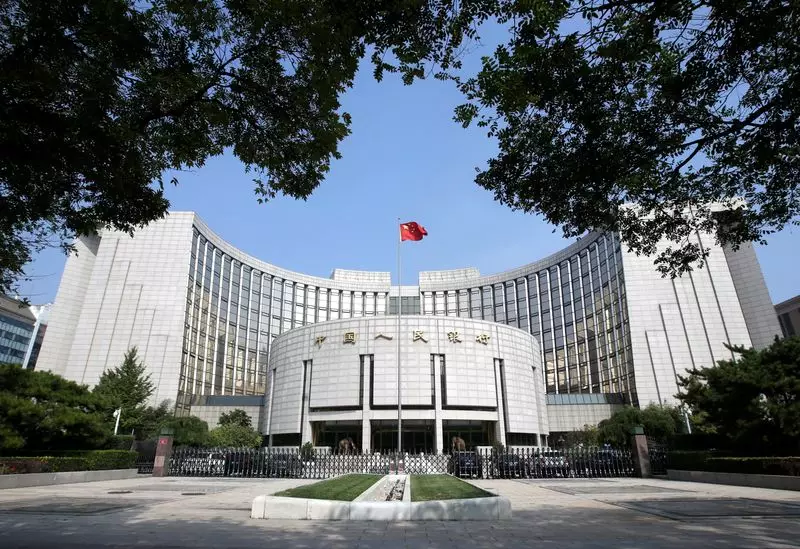China’s recent move to lower key short-term policy rates and benchmark lending rates has taken the financial markets by surprise. This decision comes amidst concerns about weakening economic growth, escalating trade tensions, and the need to address various challenges such as deflation, a property crisis, surging debt, and weak consumer and business sentiment.
The unexpected rate cuts were driven by the sharp slowdown in growth momentum during the second quarter, as well as the pressure to achieve the country’s growth target set during a recent plenum. These rate adjustments are also seen as a response to growing expectations for the Federal Reserve to cut interest rates, which has put pressure on the yuan due to yield differentials with the dollar.
Impact on the Yuan and Bond Yields
Following the rate cuts, China’s yuan depreciated to a near two-week low against the dollar, before recovering slightly. Sovereign bond yields across different maturities dropped, with 10-year and 30-year yields declining by as much as 3 basis points. This led to an increase in demand for 30-year treasury futures, reflecting investor sentiment towards lower long-term yields.
Economists and financial experts anticipate further rate reductions in China, especially once the Federal Reserve initiates its own rate-cutting cycle. This coordinated approach is aimed at strengthening counter-cyclical adjustments to support the real economy and mitigate downward pressure on economic growth.
In addition to rate cuts, the People’s Bank of China (PBOC) made changes to its lending programme by lowering collateral requirements for medium-term lending facility loans. This move is expected to provide banks with more flexibility in using collateral, which could help stabilize longer-term yields, address bond market issues, and create a steeper yield curve.
China’s decision to lower key policy rates and lending rates reflects its commitment to supporting economic growth and addressing prevailing challenges. By taking proactive measures and aligning its policy with global economic trends, China aims to boost investor confidence, stimulate domestic demand, and achieve its growth objectives. As the country navigates through a complex economic landscape, these rate cuts serve as a strategic tool to ensure stability and resilience in the face of uncertainty.

